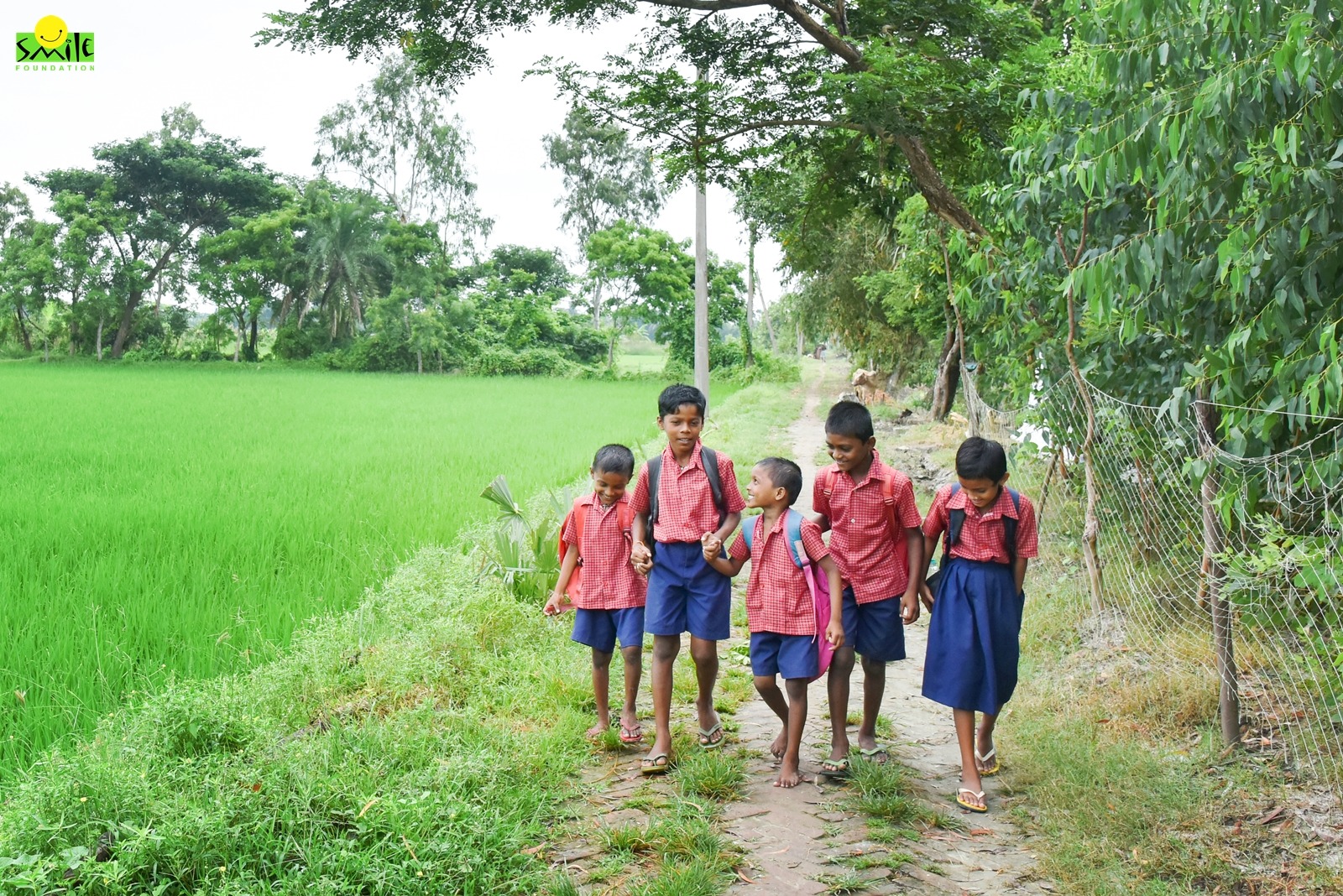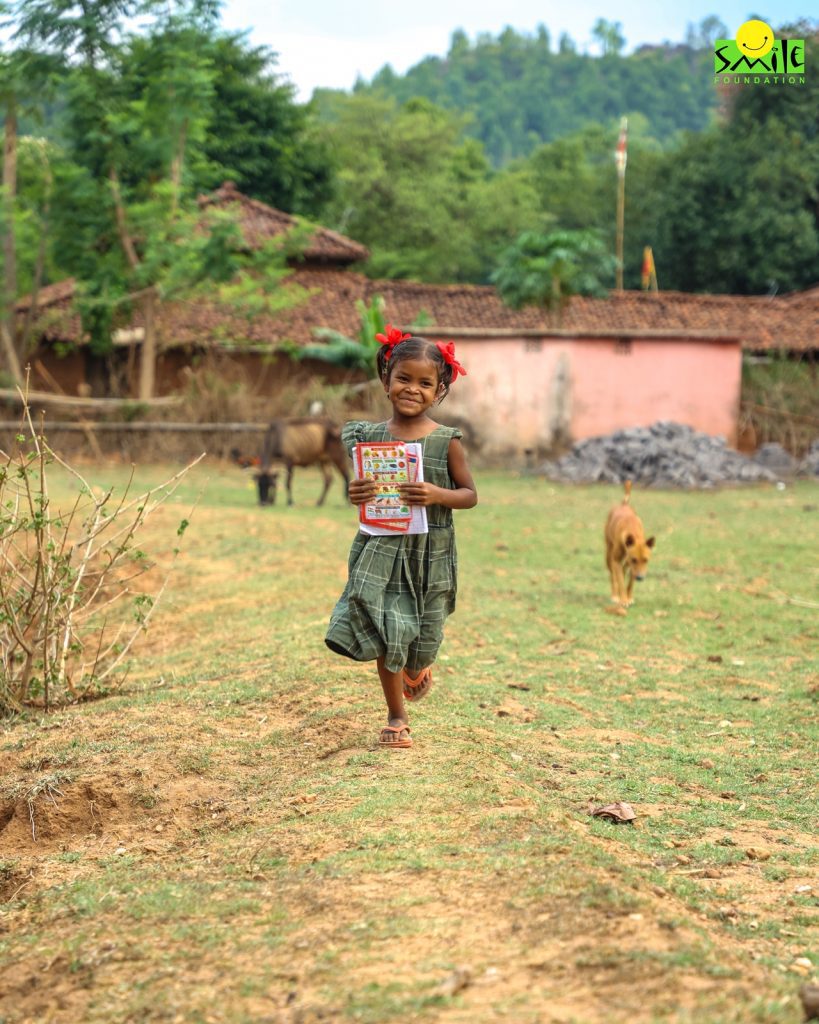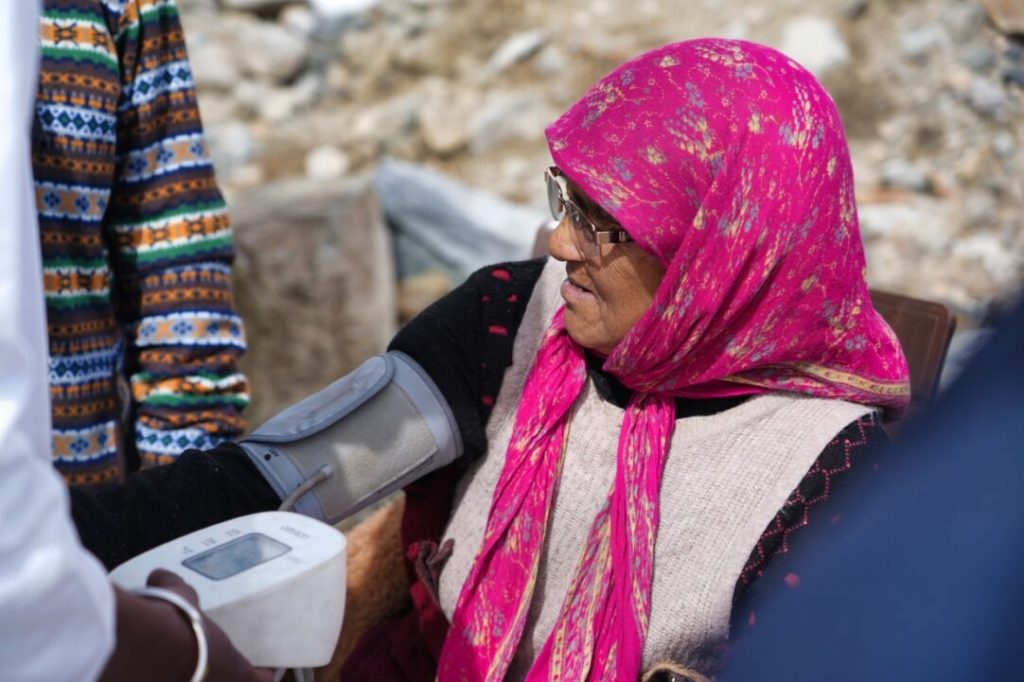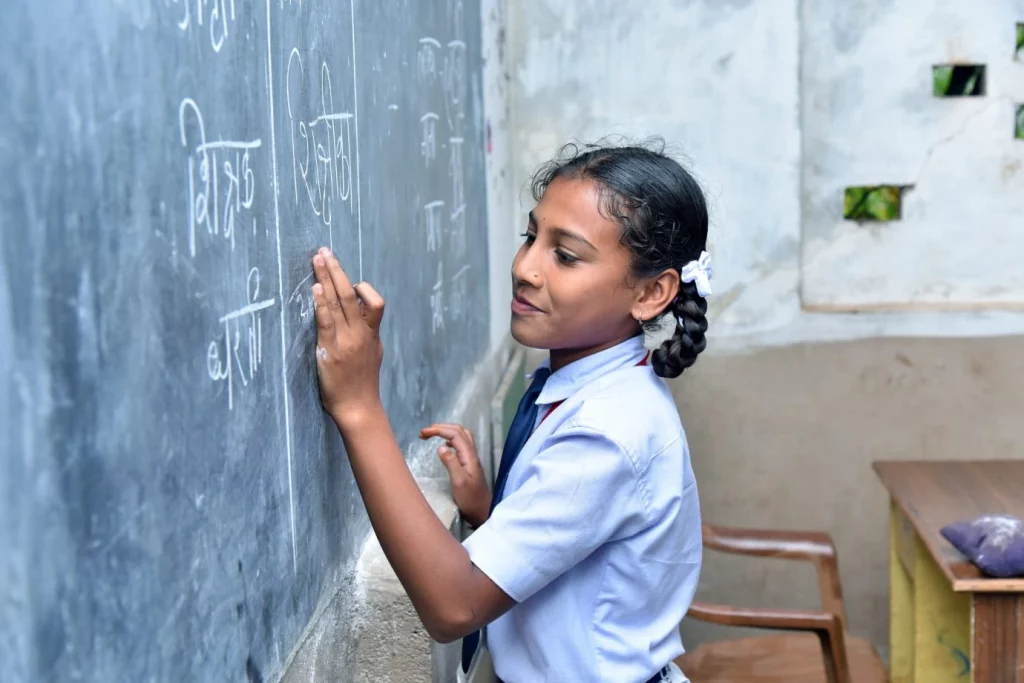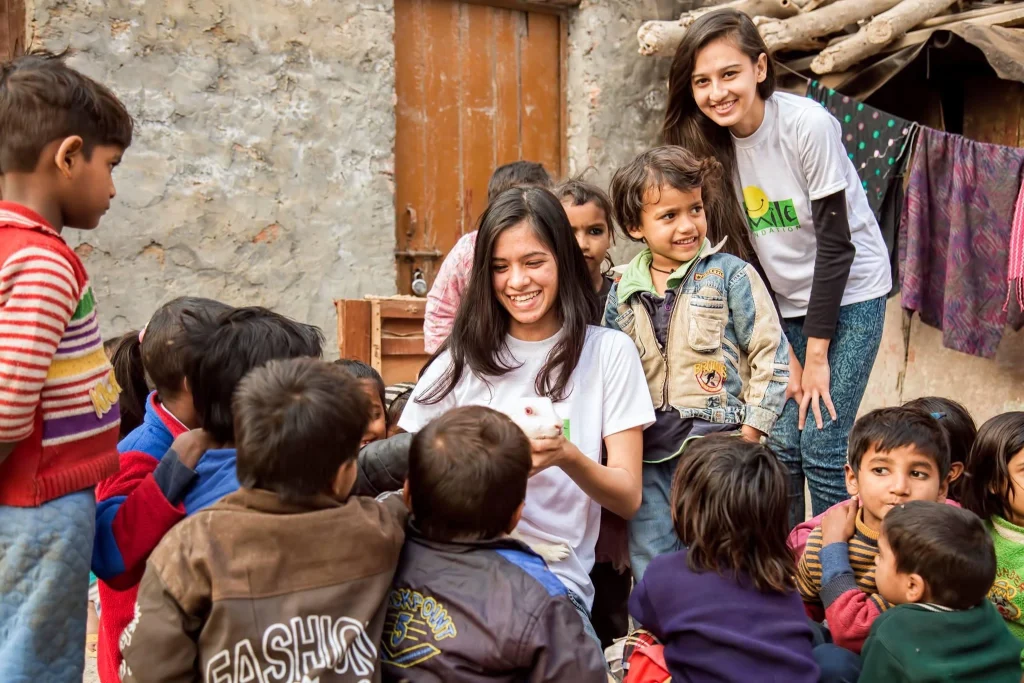The 1990s and early 2000s in India were different. Millennials raised during these times were at the interesting conjecture of liberalisation and the country before it. Watching the Korean series Reply 1988, many of us millennials are transported back into a nostalgia that can never be recreated in the internet era.
The interactions, sharing of food in the spirit of community eating, listening to music on radio and cassette players, entertainment through video parlours and dog-eared magazine pages, anticipating the bell of the ice-cream/popsicle seller after our afternoon naps, rare cafe outings planned after many weeks of savings made our lives wholesome and enriched.
The loneliness of today’s times was unheard of and mostly unimagined in those times. Is this to say that there were no lonely humans back then? That would be wrong to presume. Loners are everywhere, present in every era, taking up the quiet corners, enmeshed in their own little worlds. But these two loneliness cannot be compared. Why?
Because the lonely one of those times was free to become a part of the community at their will and desire. That door was always open for them. Now with our gated colonies and the burden of double income, many relationships we make have more transactional values attached to them rather than emotional.
The truth is– Our longings cannot turn back time. We can only move forward.
In the supersonic world, we find ourselves in, childhood innocence and inimitable honesty often brush against the stark challenges that young children face today. Amid the laughter and curiosity, these young souls are navigating a complex landscape that demands their resilience and strength from the very start.
A Fast-Paced Digital Age
Imagine a world where a child’s play is intertwined with screens, where virtual realities lure them away from the tangible wonders of nature—the rustling leaves, the feel of sand between their fingers, and the joy of face-to-face interactions. The allure of technology, while offering education and entertainment, can also disconnect them from the tactile joys of exploration and imagination.
What can we do? We can foster a healthy relationship with technology by setting screen time limits and encouraging outdoor play. For this to happen, we need to invest in relationships with our neighbours as our parents did in their times. Sharing a warm bowl of meen curry or matar aloo occasionally is going to open up more doors and hearts than we give them credit for. It’s a great ice-breaker for children too, who when faced with deliciousness are less shy or hostile.
Educational Pressures
As the sun rises every day, so does the pressure on young minds. They’re tasked with not only absorbing a vast amount of knowledge but also excelling in a competitive academic environment. The marathon run for high grades can overshadow the joy of learning and be a joykill to their creativity. The joy of discovery is at times overshadowed by the hard expectations for the right answers, and the weight of tests can obscure the intrinsic value of understanding.
For our children to enjoy the learning process, teachers must shift the focus from grades to the joy of learning. Encourage curiosity, critical thinking, and problem-solving rather than just rote memorization. Emphasize that making mistakes is a natural part of learning and growth.
Mental Health Struggles
Behind the radiant smiles and boundless energy, young hearts are not immune to emotional struggles. They grapple with feelings of anxiety, stress, and sadness that often emerge from societal demands and personal expectations. The digital world, while a source of connection, can also become a realm of comparison and self-doubt. Balancing the need to fit in and be authentic can sometimes be a delicate tightrope walk.
Every individual, and especially adults, should create an open space where children can express their feelings without judgment. Teach emotional intelligence, coping skills, and stress management techniques. Encourage activities that help them relax, such as mindfulness and creative outlets.
Bullying and Peer Pressure
The playground is not always a realm of laughter; it can be tainted by the shadows of bullying and peer pressure. The need to belong can at times lead to conforming, masking one’s true self in the pursuit of acceptance. The echoes of hurtful words linger, impacting their self-esteem and shaping their perceptions of themselves and others.
Empower children to stand up against bullying and peer pressure. Teach them resilience by acknowledging setbacks as opportunities to learn and grow. Build their self-confidence through positive reinforcement and celebrating their strengths. A word of caution here, children do better when important lessons reach them through stories and play instead of stern manifestos. Also, nobody really admires helicopter parents.
Environmental Concerns
The world they inherit is one shaped by our actions. Young children now face the impacts of climate change, a reality that instills both a sense of urgency and a burden of responsibility to protect the planet they call home. Their innocent inquiries may reveal the urgency of addressing environmental issues—a reminder that the world they inherit is shaped by the choices made by the generations before them.
Instill a sense of environmental responsibility by teaching children about sustainable practices, conservation, and the impact of their actions on the planet. Engage in eco-friendly activities as a family. From a young age, involve them in group activities to inculcate a sense of community and being responsible for one another.
Also, let’s not force true introverts into doing anything that makes them feel alienated. Treat every child like a unique individual whose freedom will be of paramount importance to everyone. For them, think of activities that are of a paired nature instead of a big group activity that might make them feel overwhelmed and confused. Joy should be central to everything that we devise for our young ones.
Parental and Societal Expectations
The dreams of parents and society, while well-intentioned, can sometimes overshadow a child’s individual passions and aspirations. The quest to meet predefined ideals can hinder the exploration of their true potential.
Encourage children to pursue their passions and interests, even if they differ from societal or familial expectations. Show them that their uniqueness is their strength. Cultivate an environment that encourages curiosity, creativity, and exploration. Provide opportunities for hands-on learning and activities that fuel their interests.
Be a positive role model by practicing a balanced lifestyle, expressing emotions healthily, and demonstrating kindness, empathy, and respect in interactions with others.
Safety Concerns
As children step out into the world, the ever-present concern for their safety hovers like a protective guardian. Striking a balance between fostering curiosity and ensuring their well-being is a challenge faced by parents and caregivers alike.
Maintain open lines of communication where children feel comfortable discussing their concerns and experiences. Establish safety rules without instilling fear, helping them understand their own boundaries and how to seek help if needed.
Remember, children need consistent support, love, and a safe space to navigate their challenges. By being attentive, understanding, and actively engaged in their lives, adults can help children build resilience, develop essential life skills, and embrace the joys of their journey toward a brighter future.
As we listen to the whispers of their challenges, let us not forget that these young hearts are not just the future; they are our present. Nurturing their well-being, resilience, and ability to navigate these hurdles becomes a collective responsibility—one that involves parents, educators, policymakers, and society at large.
In acknowledging their struggles, we kindle the hope that their laughter will still resound, their dreams will continue to flourish, and their spirits will rise above the obstacles they face and we will be there, holding them strong, if and when they falter.

